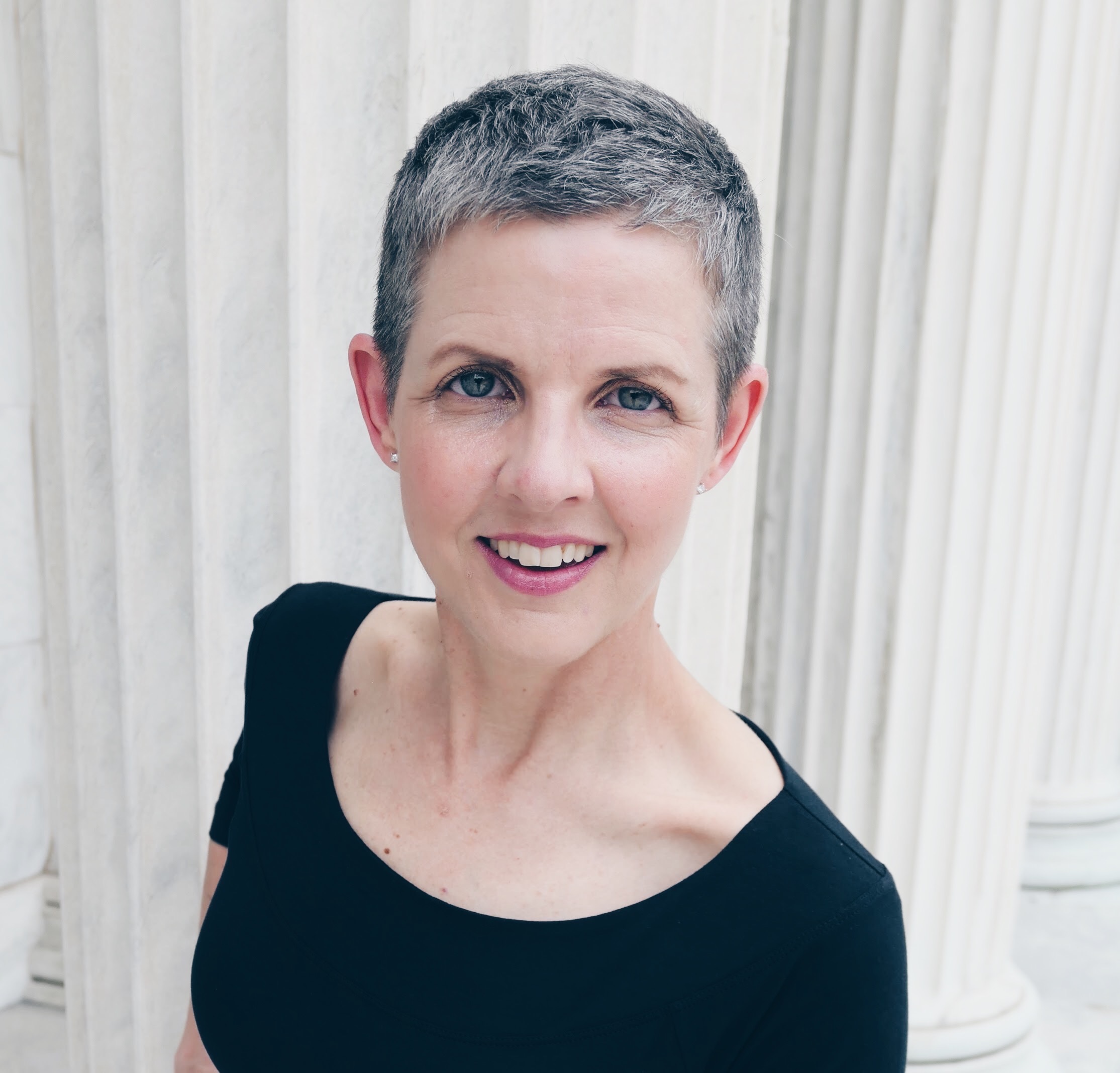Decluttering is something that most people want to do. So, let’s approach this transformative (yet often daunting) process.
Decluttering is simply the process of deciding what to keep and what to let go of. Item by item, we consciously keep what serves us and discard the excess.
Decluttering is also the most daunting part of an organizing project. Attachments are strong, emotions run high, decision fatigue sets in, and it can be challenging to see beyond the work before us. Going through our myriad things takes time, physical energy, and psychological resources. Friends, to be blunt – it is work!
On the brighter and uplifting side, decluttering is the most rewarding and impactful part of an organizing project. Results are tangible and immediate, and it simply feels better to be in a space with less. With less physical stuff, we experience less stress and distraction and, importantly, we can focus on what really matters – the stuff of life. Ultimately, decluttering helps us experience a greater sense of spaciousness, clarity, and ease. And that is why we are here.
So, the question is: How can we bring clarity and ease into the actual process of decluttering, making it more approachable?
Let’s get down to the brass tacks. By clearly defining the process and bringing an attitude of kindness, decluttering can be manageable, supportive, and effective. (The support of a an organizer doesn’t hurt here. ? ) We set ourselves up for a positive and fruitful experience and – the real reward – the ease of a life with less.

Here are some ways to bring clarity and ease to the process of decluttering.
Connect with a positive vision.
When we envision a positive destination, we can orient ourselves toward it. The destination is determined by purpose – the why behind our desire to get organized. Before jumping into decluttering, consider the big picture. For what purpose are you organizing? In other words, what would it mean for you to be organized? And, if it feels right, ask again: and what would that mean? Now connect that meaning to your project. What kind of space supports that desire? Keep it simple: three adjectives will do. Knowing where you want to go creates a path and ignites the motivation to move forward on it.
Set boundaries and limits.
Boundaries and limits create a container for our projects. We can define the physical boundaries of our workspace, giving our project a tangible – and contained – quality. Staring down a room full of years of accumulation is intimidating, while focusing on a single desk top or a particular cupboard feels workable. We can also place limits around what we will keep. Consider your natural space limitations, values around consumption, and personal vision to inform your personal boundaries. Then set some limits. Examples: I will limit my shoes to what can be comfortably stored on these two shelves, or I will keep my favorite three mugs, serving plates, etc.
Incline yourself toward kindness and compassion.
Despite its far-reaching benefits, decluttering can bring emotions to the surface and tax mental resources – sometimes invoking our own inner critic. Bringing an attitude of kindness and compassion means that we are on our side. Know that you are not alone. The act of letting go is a common human challenge, and so is the related tendency to hold on. With some tenderness and understanding, we can move through the process without heaping on the judgement.
[For more on self-compassion see this blog post.]
Ask useful questions.
When making decisions about what to keep and what to discard, it is helpful to have some go-to questions to act as a filter for our thinking and keep the process forward-moving. Here are some that are particularly useful: Does this add value to my life? Is the value worth the cost (of money, time, thought, space)? Does this support my vision? Would I pay full price for this item today? With the right questions, we can consider what serves us and let go of the rest.
So, let’s step back for a moment. To increase your chances of success while decluttering, start with a positive vision and defined boundaries. Add to that kindness, compassion, and some useful questions, and you’ll be on your way to creating clarity and ease in the process. And that is something we can approach.



0 Comments